Illustrated Dolphins and Vampire Squid from the Dawn of Ocean Exploration
In the 16th century, Pierre Belon published one of the earliest scientific depictions of a dolphin: a woodcut with finely hatched skin and pointed teeth.

In the 16th century, Pierre Belon published one of the earliest scientific depictions of a dolphin: a woodcut with finely hatched skin and pointed teeth. He noted, for what’s considered the first time, that the animal was quite different from a fish, as had long been believed. The discovery is among the historic moments in the American Museum of Natural History’s (AMNH) Opulent Oceans, showing the visual side of early ocean science.
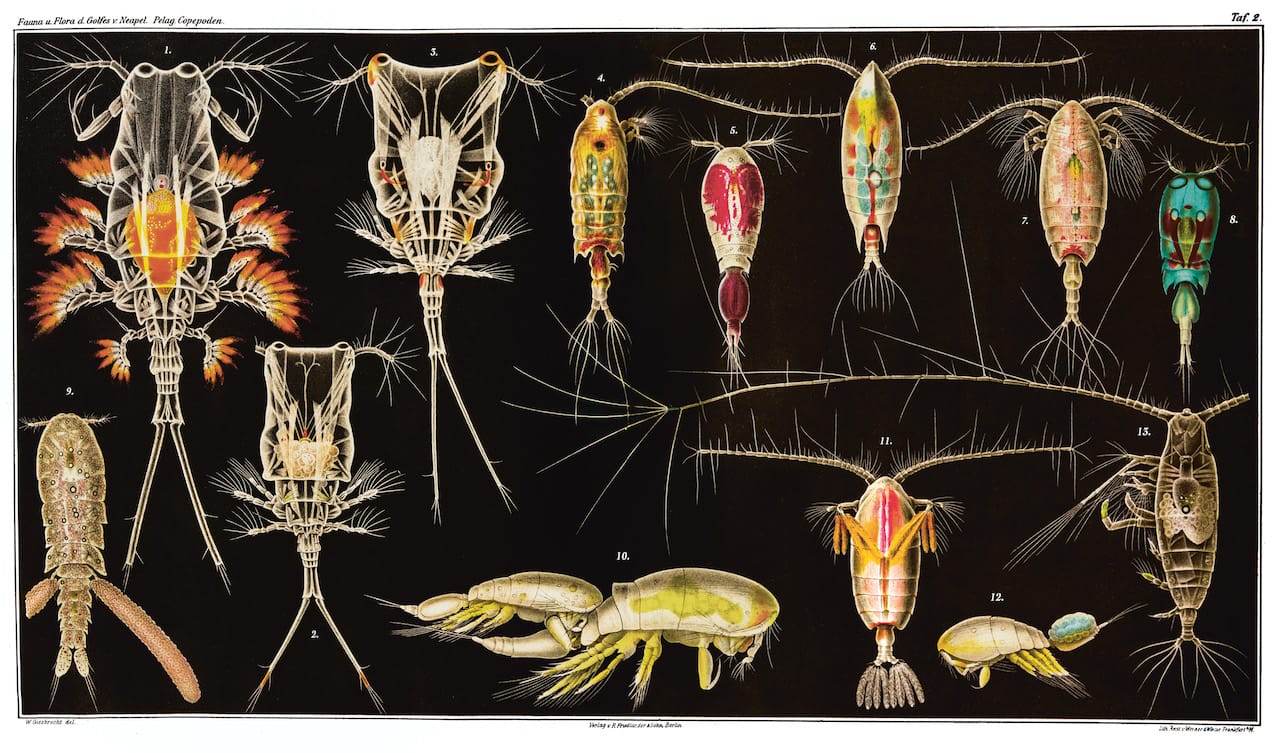
The exhibition builds on the 2014 publication Opulent Oceans: Extraordinary Rare Book Selections from the American Museum of Natural History Library, part of the Natural Histories series highlighting material from the more than 600,000 rare volumes at AMNH. The show is organized by the book’s author, Melanie L.J. Stiassny, curator-in-charge of the Department of Ichthyology, in collaboration with Research Library Director Tom Baione. As in the 2013 exhibition Natural Histories: 400 Years of Scientific Illustration from the Museum’s Library, physical books aren’t on view, but large-scale reproductions visualize selections from the tomes. However, in conjunction with Opulent Oceans, featured publications are displayed on a rotating basis outside the fourth floor entrance to the AMNH Research Library.
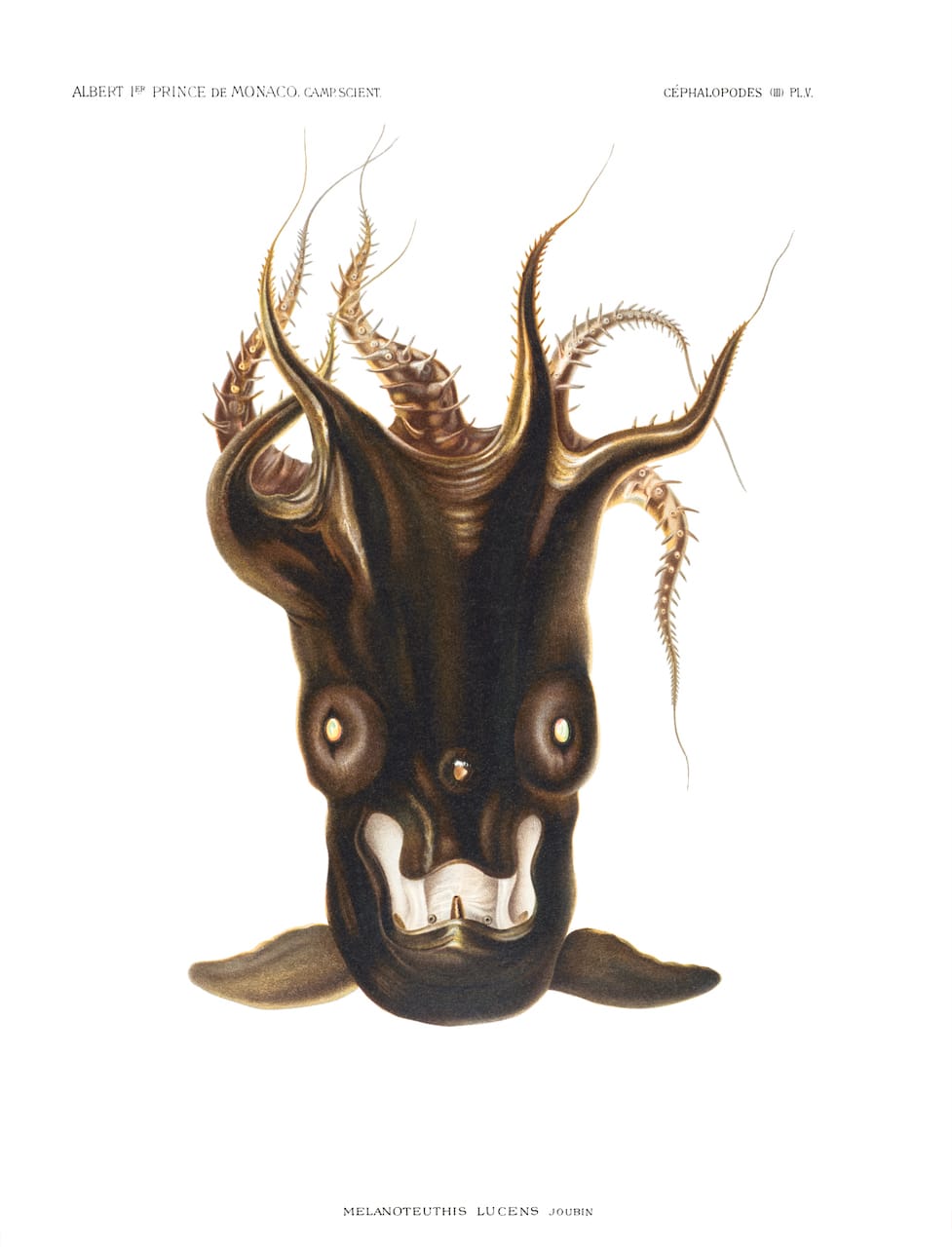
Most of these illustrations were made after Belon’s dolphin, as technology facilitated the exploration of ocean ecology in the 18th and 19th centuries. There are several deep-sea creatures, like the tiny black seadevil with its frightening jaw jammed with sharp teeth, drawn by Fritz Winter for August Brauer’s Die Tiefsee-Fische (1906–08). The publication was based on the German Deep Sea expedition of 1898–99, in which many fish from depths beyond 3,300 feet — where previously no life was known to exist — were first recorded.
It was on this voyage that biologist Carl Chun discovered the Vampyroteuthis infernalis, or “vampire squid from Hell.” The vampire squid is only about the size of a softball, but the deep-sea cephalopod, with its saucer eyes, ominous pigmentation, and cape-like webbed fins, does appear like a miniature monster, as shown in an illustration by Louis Joubin.
According to National Oceanic and Atmospheric Administration, 95% of the ocean “remains unexplored, unseen by human eyes.” Whether the bioluminescence of copepods (small crustaceans), illuminated in the 1892 work of Wilhelm Giesbrecht, or the delicate single-celled radiolarians published in 1887 by Ernst Haeckel, Opulent Oceans demonstrates the diversity of a world we are still discovering.
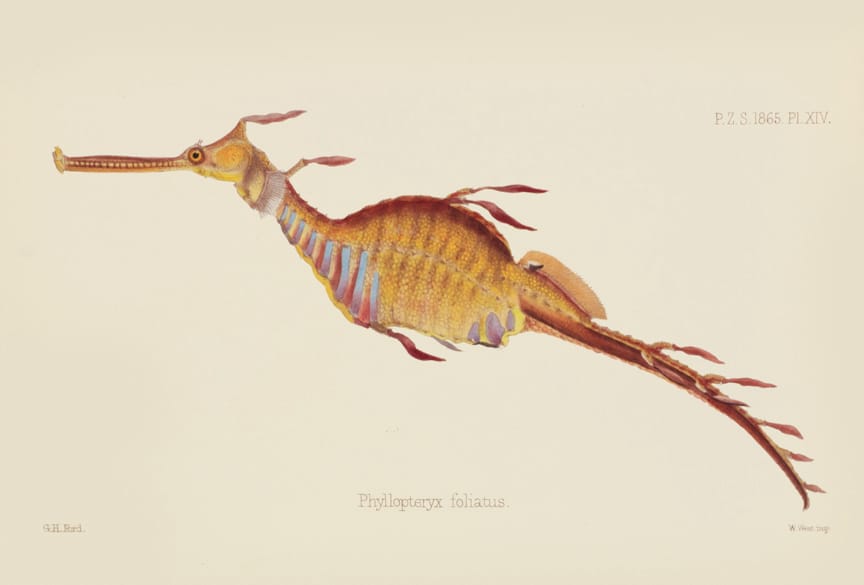
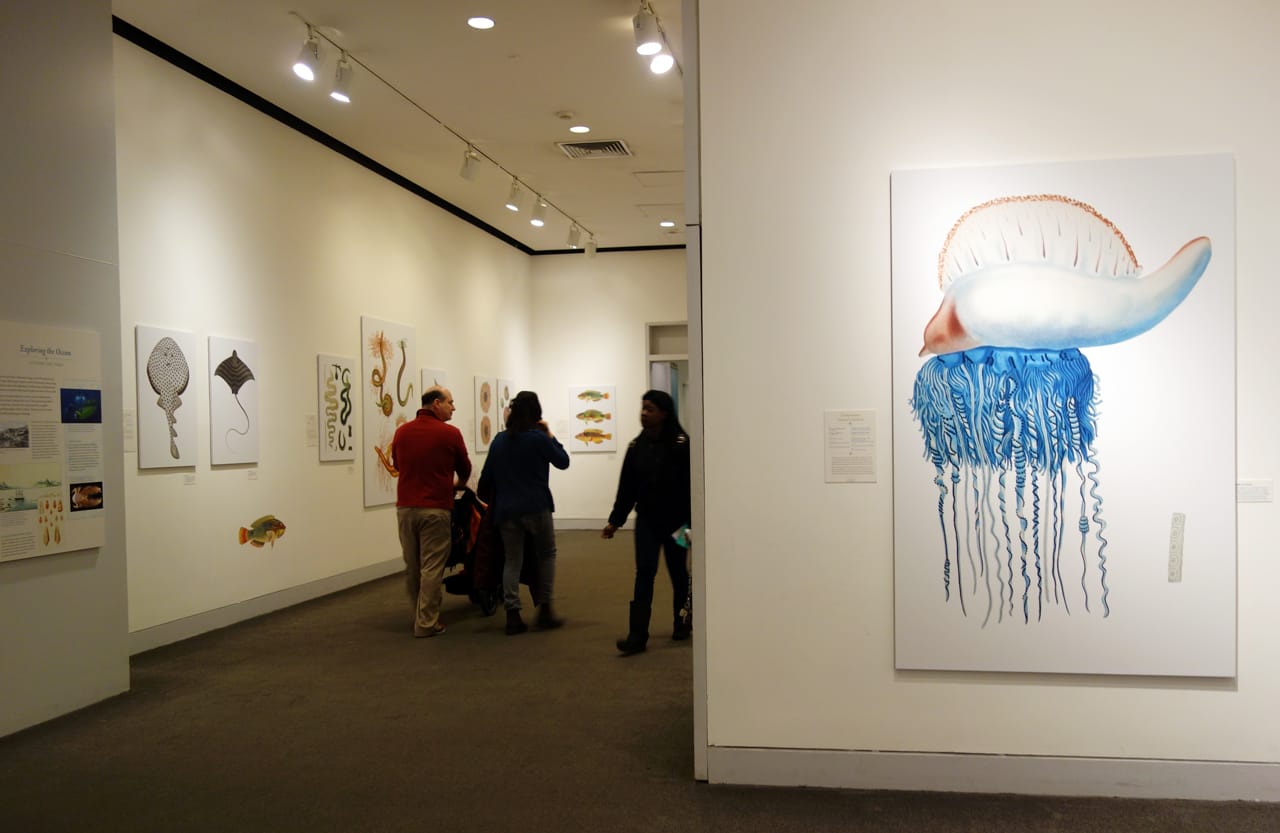

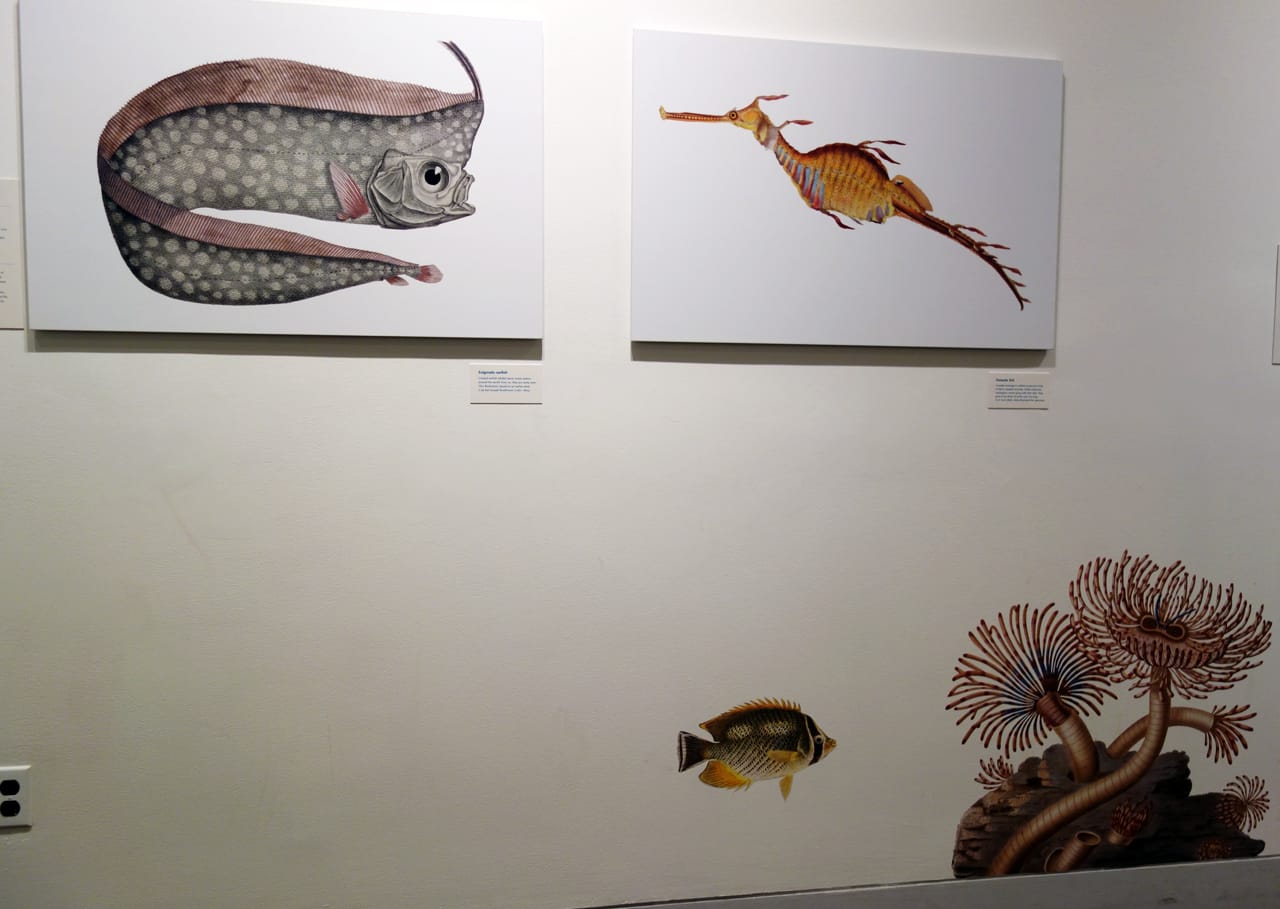



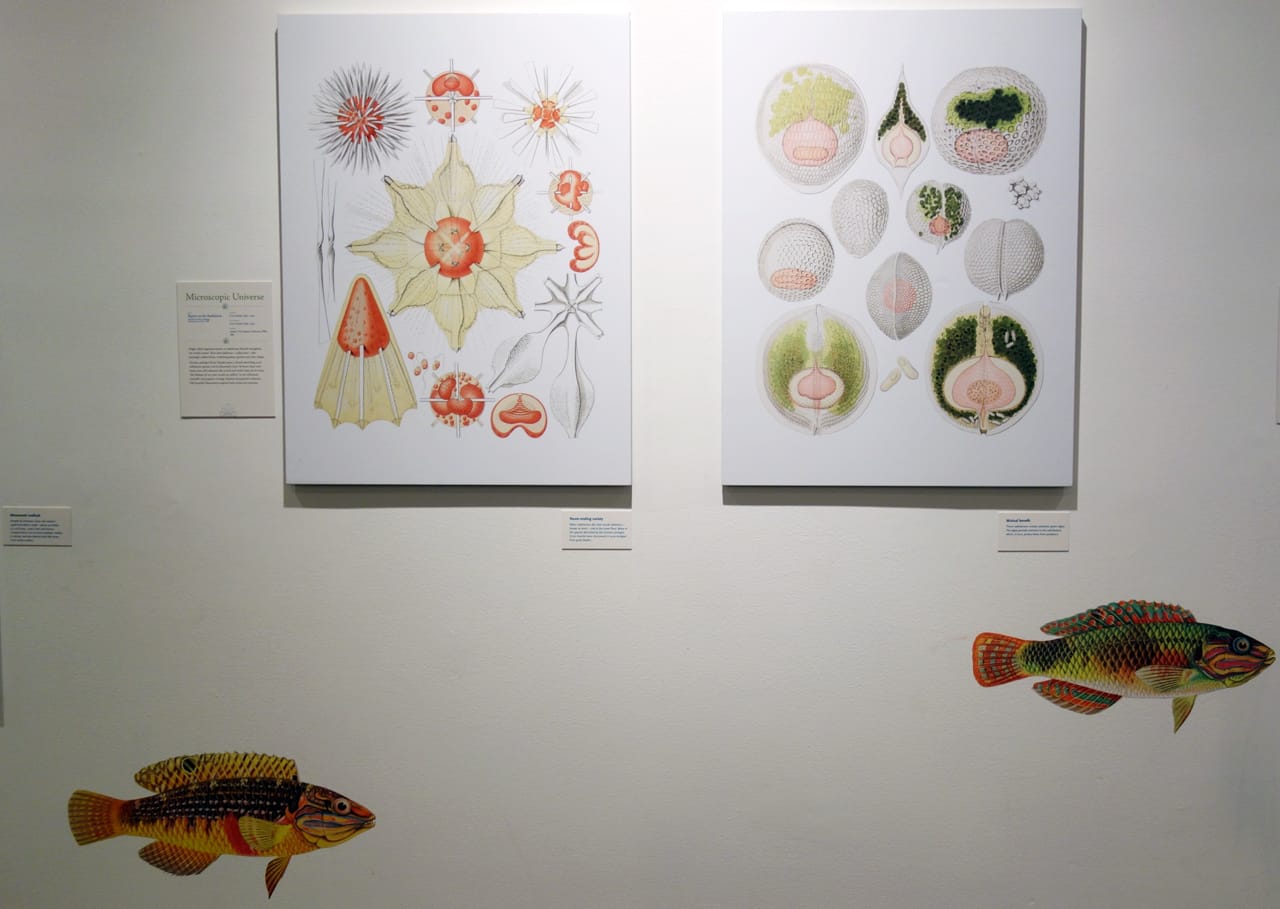
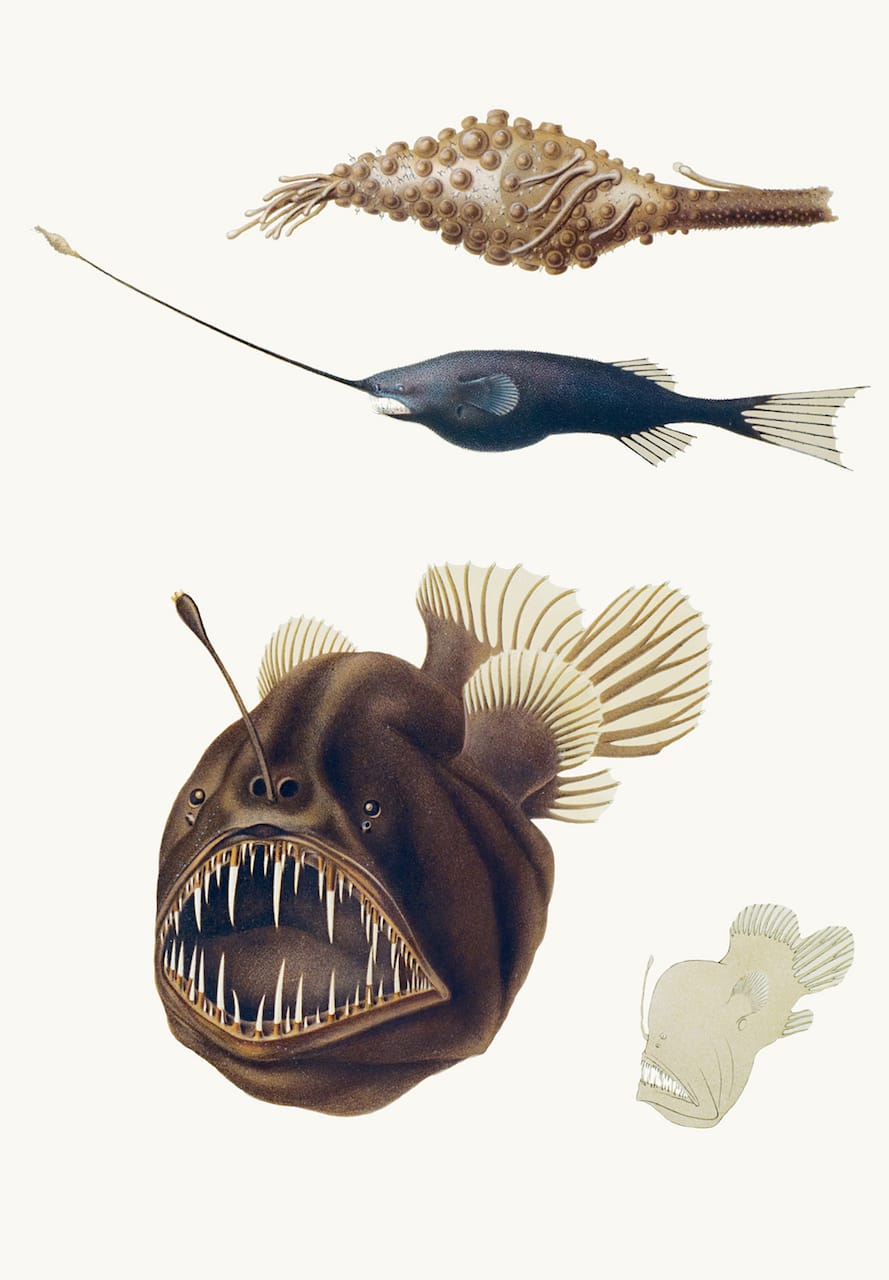
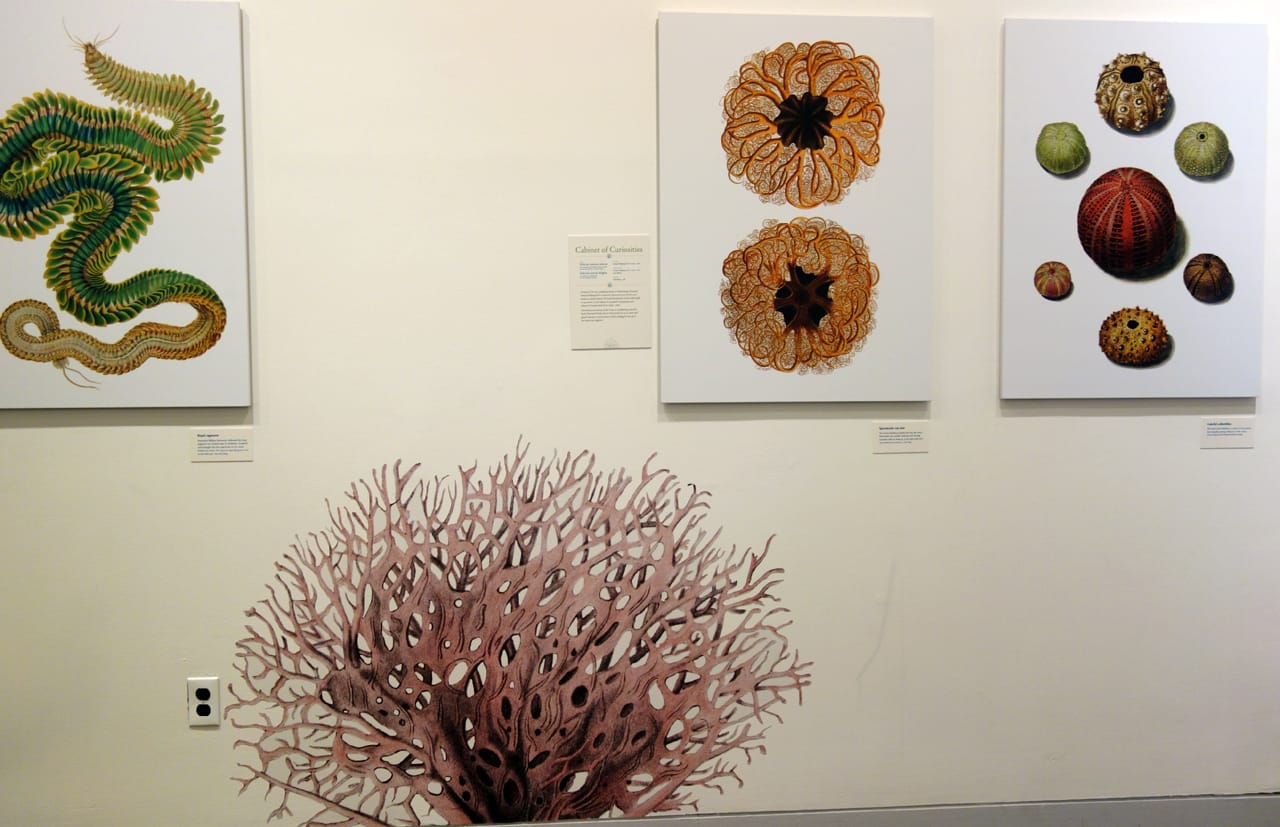
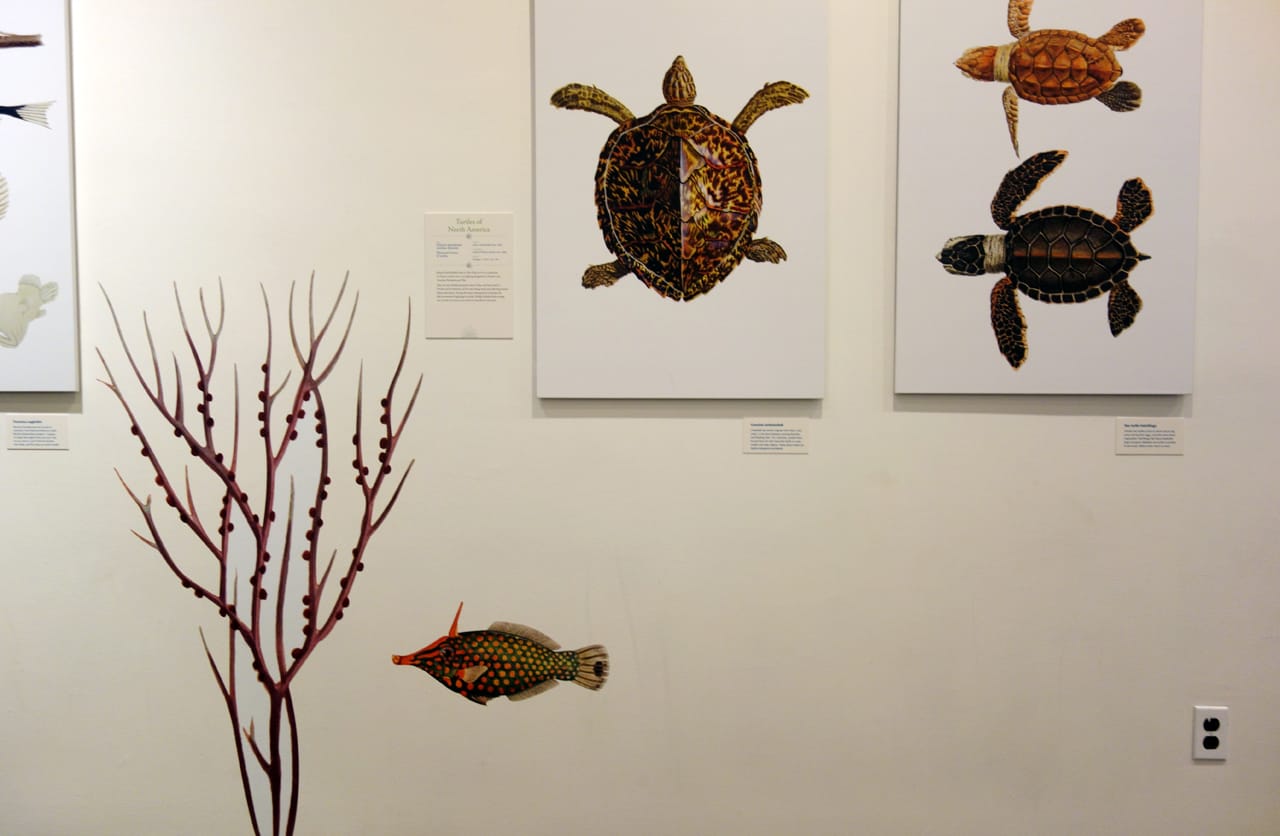
Opulent Oceans continues at the American Museum of Natural History (Central Park West and 79th Street, Upper West Side, Manhattan) through October 2.





